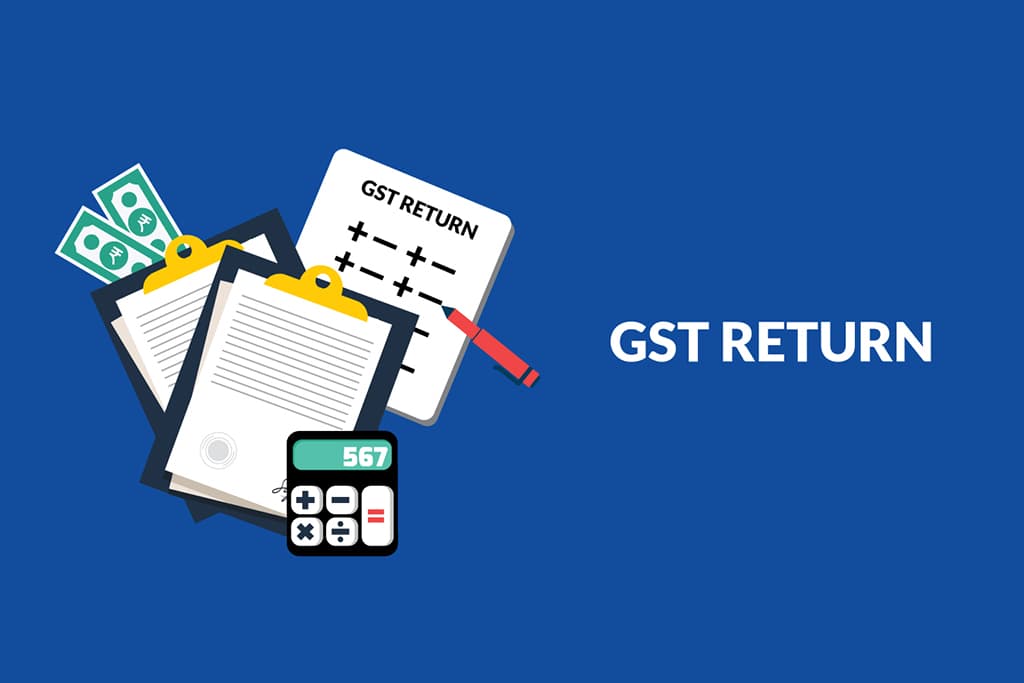
GST Return Filing
GST return filing is required for all entities with GST (Goods and Services Tax) registration. A GST return is a document that must be filed with tax administrative authorities by the taxpayer and contains information about their income. This document is used by tax authorities to calculate tax liability.
Included in the package:
- Purchases.
- Sales.
- GST output (on sales)
- Credit for Input Taxes (GST paid on purchases)
1,198 Total Views
Our Process
What exactly is GST return filing?
GST was implemented in India on July 1, 2017. Nearly 1 crore entities in India have obtained GST registration under the GST regime. Each entity with a GST registration must file GST returns. GST returns can be filed using software or the government’s self-service portal.
GST registration is required for all businesses that buy, sell, or deliver services worth more than Rs. 20 lakh in a calendar year, except in the north-eastern and hill states, where the limit is Rs. 10 lakh. GST return filing is required for all entities with GST registration, regardless of business activity, sales, or profitability during the return filing period, and even a dormant business with GST registration is required to file GST returns.
A GST return is a document that must be filed with the tax administrative authorities by the taxpayer and contains information about their income. This document is used by tax authorities to calculate tax liability.
Who is responsible for filing GST returns?
- Purchases.
- Sales.
- GST output (on sales)
- Credit for Input Taxes (GST paid on purchases)
- Company PAN card
- The Ministry of Corporate Affairs incorporation certificate
- Memorandum/ Articles of Association
- Signatory’s appointment proof
- Signatory’s PAN card
- Signatory’s Aadhaar card
- PAN card of all directors
- Address proof of all directors
- Bank details
- Business’ principal address proof
- First, the taxpayer must upload the final GSTR-1 return form (details of outward supplies made by a taxpayer) by the 10th day of the following month, either directly through data entry in the GST Common Portal or by uploading the file containing the GSTR-1 return form.
- The GST Common Portal (GSTN) will be auto-generated in a taxpayer’s provisional GSTR-2.
- The purchasing taxpayer must accept, reject, or modify the provisional GSTR-2.
- The purchasing taxpayer may include additional purchase invoice details in his GSTR-2 that have not been uploaded by the supplier in order to ensure the validity of the invoice issued by the supplier and the receipt of supplies.
- Taxpayers will have the option to do inward supply reconciliation with suppliers over the next 7 days by following up with their counter-party taxpayers for any missing supply invoices in the suppliers’ GSTR-1.
- Taxpayers will submit their final GSTR-1 and GSTR-2 returns.
- Following the completion of the aforementioned activities, taxpayers will pay the amount shown in the draught GSTR-3 (monthly return) generated automatically at the online portal.
- The taxpayer will debit both the ITC and the cash ledger and include the debit entry number in the GSTR-3 return, which will be submitted.
A regular GST taxpayer must file two monthly returns and one annual return. Special category taxpayers registered under GST, on the other hand, must file separate returns.
